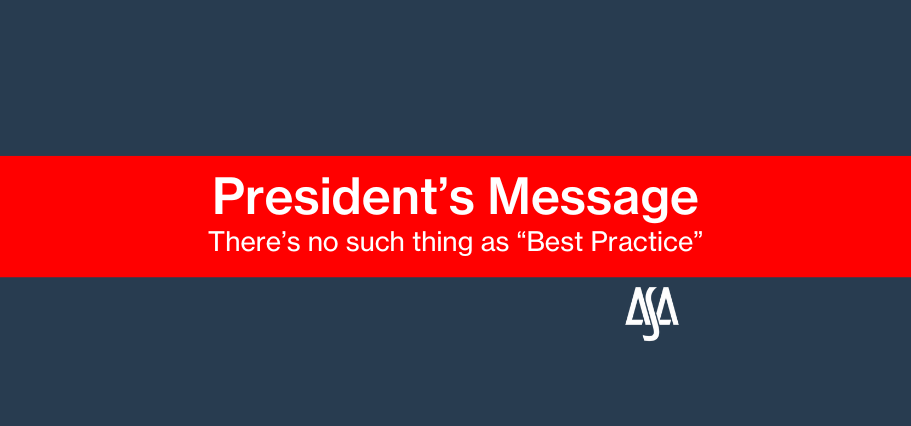News
Read our latest news, stories and articles

There is No Such Thing as a “Best Practice”
“Is there anyone from China in the room?” That was a question from a panellist at a recent IPBA conference in Tokyo. We were discussing whether and if so, how arbitrators should facilitate settlement between the parties. Well, there was no one from China in the room, just someone who had heard something about a Chinese practice. And that essentially spelled the end of the discussion about any best practice on settlement facilitation. Whenever somebody explains a best practice to me, I listen and I learn, but that does not mean that I buy it. It is usually good advice, good practice, but is it best practice? Maybe someone from China has even better advice? Or maybe someone from Brazil or Nigeria? In other words: is something best practice simply because I do it?Because I would not do it if it was not best practice?
For some time now, there has been a proliferation of supposed best practices. Some institutions even produce them by the dozen. Mostly very sensible and useful advice. But best practice? Has there been any global research behind this assumption? And if so, how was it done? The average survey produces random results, and all too often task forces consist of one or two writers and a gaggle of bystanders. I vividly remember one task force where one person produced a draft, four or five people revolted and substantially rewrote the draft, and in the end 80 people from all over the world claimed ownership, almost all of whom probably never even saw a draft. Did the task force codify global best practice? Perhaps, but who knows? And how many from the Global South would dare to object when a famous veteran from Western Europe sends out a draft guideline for comment, essentially saying: “This is what we do as best practice. Anyone against?”
You might say that those who promote best practices have a great deal of experience in arbitration and know what they are talking about. Yes and no. Firstly, we can all probably tell an anecdote or two about a lawyer who touts a best practice in arbitration simply because that is what they have been doing in the courts of their home state for twenty years. Secondly, being a lawyer is about lifelong learning. Having done a few dozen cases and attended even more arbitration conferences does not mean I have seen it all.
In 1994, UNCITRAL proposed to issue “guidelines” for the application of its Arbitration Rules. It provoked a serious backlash from the then president of ASA, Pierre Lalive, who wrote a paper on the “regulatory rage” which in his view was so alien to “un domaine comme l’arbitrage où la souplesse et diversité devraient rester des vertus cardinales”.1 UNCITRAL duly backtracked and in 1996 issued neutral “notes” instead of guidelines. They never reconsidered. In the updated 2016 version of the Notes, UNCITRAL wrote that “[g]iven that procedural styles and practices in arbitration do vary and that each of them has its own merit, the Notes do not seek to promote any practice as best practice”.2
In the same vein, ASA has developed the Arbitration Toolbox as an online guide to the various stages of arbitration irrespective of the applicable rules and laws and without attempting to impose any best practice.3 The “Arbitration Toolbox by ASA” merely lists and explains issues to be considered and describes certain options. It perfectly fits with the equally nonprescriptive UNCITRAL Notes and has been added by UNCITRAL to its website as a useful complement to the Notes.4
Yes, there may be a best practice, but frankly: how do we know – especially if there is no Chinese (or Brazilian or Nigerian) colleague in the room?
Felix Dasser

- PIERRE LALIVE, De la fureur réglementaire, ASA Bulletin, Vol. 12 (2), 1994, 213, 218. ↩︎
- UNCITRAL Notes on Organizing Arbitral Proceedings, 2016, Introduction para. 2. ↩︎
- https://toolbox.swissarbitration.org/. ↩︎
- https://uncitral.un.org/en/texts/arbitration/explanatorytexts/organizing_arbitral_proceedings. ↩︎